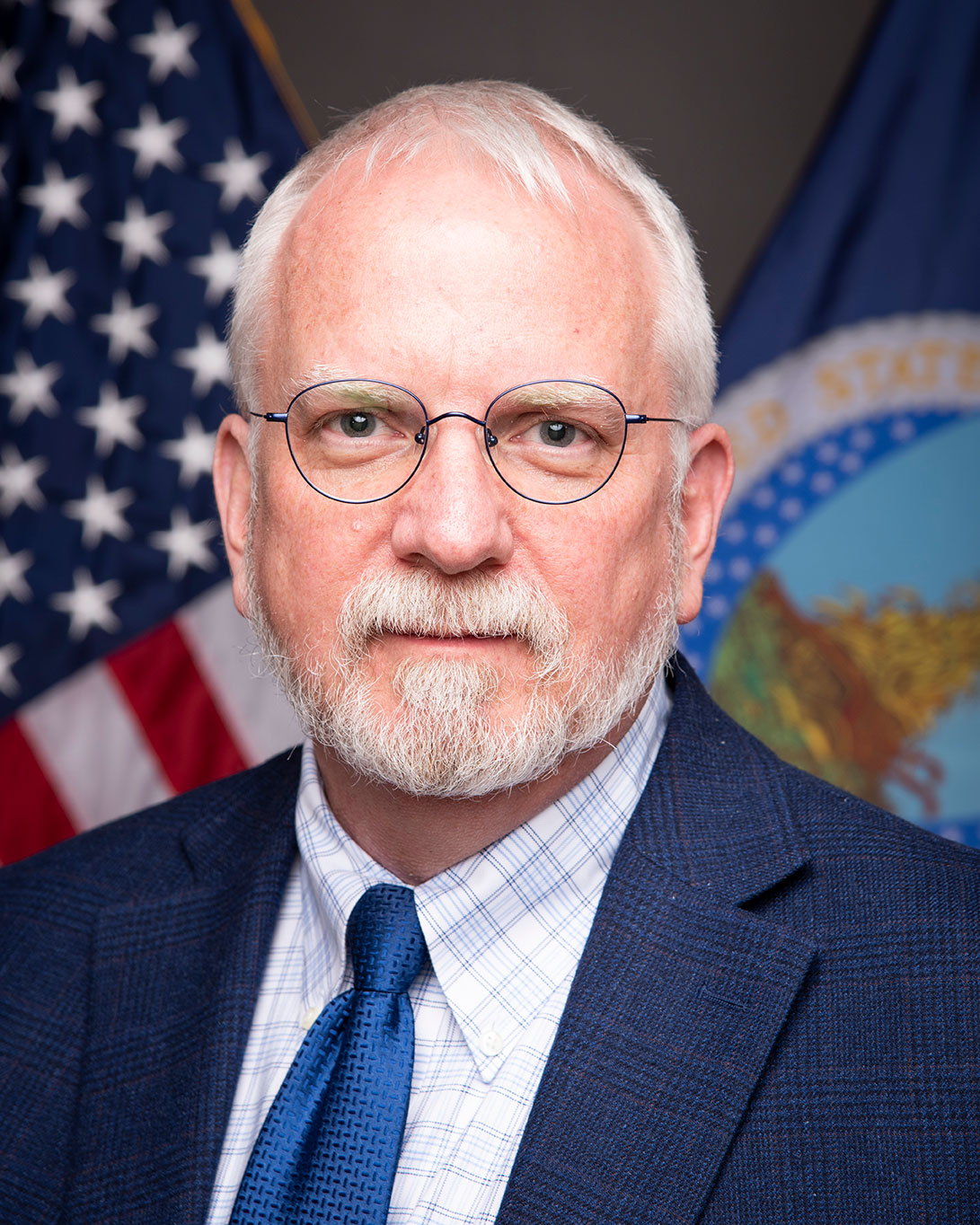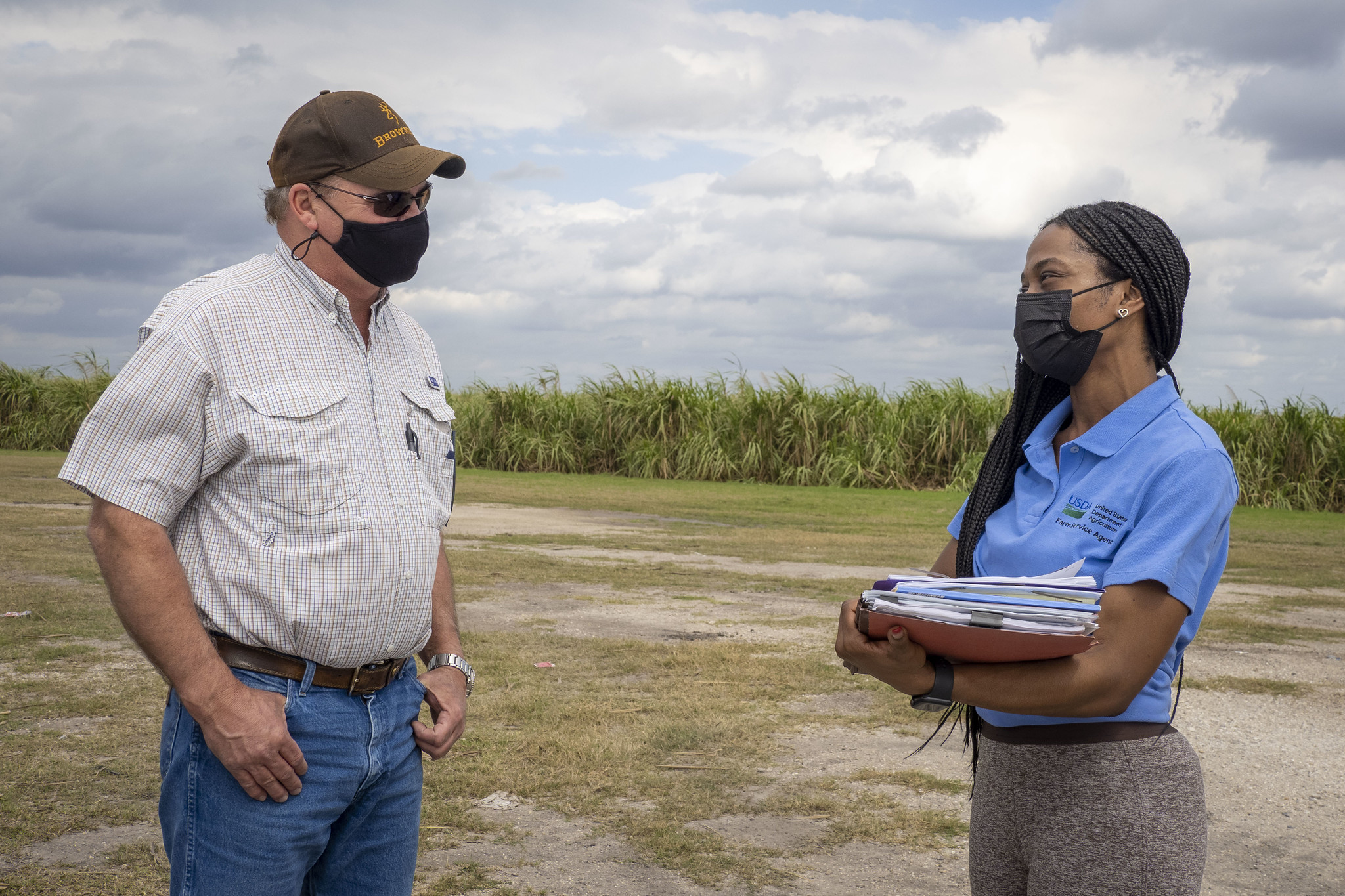In this Ask the Expert, USDA Farm Service Agency (FSA) Deputy Administrator for Programs Scott Marlow answers questions about how farmers and ranchers can prepare their families and their agricultural operations for the 2022 hurricane season. Marlow’s division oversees the implementation of disaster assistance programs for FSA.

With many natural disasters occurring across the country, why is June 1 significant?
Many farm and ranch families are currently dealing with severe disaster events and USDA offices across the country are working hard to respond.
June 1 is the official start of hurricane season and runs through Nov. 30. NOAA predicts a 65% chance for an above normal season. A little preparation can go a long way toward accessing USDA assistance resulting in a more efficient and effective farmland restoration and recovery process.
NOW is the time gather a Hurricane Kit (or Go-Bag) including personal care needs and important information about your operation that can be carried out in a hurry if you’re evacuated.
The kit could include:
- A flash drive containing farm records, documentation of the current status of your farm, livestock inventory (pictures/video help),
- Current crop, farm/ranch insurance records,
- Feed, forage, livestock, input receipts and records; and
- Other important documents needed to prove pre-disaster conditions for your operation.
If you have not participated in USDA programs, now is the time to visit your local USDA office to establish your farm records, review the disaster assistance programs and download available disaster program apps like the Federal Emergency Management Agency (FEMA) mobile app and text message service to your phone. The Disaster Assistance Programs At a Glance document is a good resource.
Recovery is a process – one that experts suggest takes a community 24-60 months (or longer) to work through.
What is the first thing a producer experiencing a natural disaster should do?
First, make sure that you and your family are safe. Then, Document, Document, Document. In a disaster, a producer’s impulse is to start putting things back in order. Of course, it is critical to address any situation where there is a continuing threat to people, livestock, or property. Once everyone is safe and livestock are cared for, it’s important to document your losses. Use the camera before the chainsaw.Take pictures and write everything down.
Next, contact FSA and crop insurance agent. We offer standing disaster assistance programs we can implement quickly. Some programs require USDA approval before you do the work. But there are often disaster-specific programs passed by Congress a year or two after the disaster. We also make changes to programs based on feedback received from stakeholders, producers and our employees that extend coverage to additional types of loss. In all these situations, the amount of assistance you receive is directly dependent on the documentation you collect or submit to FSA or insurance provider.

When meeting with FSA, your banker, or other officials, writing everything down through the entire recovery period.
Please remember that the employees in your local USDA office are likely dealing with the same disaster on their operations and at their homes and are trying to hold things together and help others while going through the same emotions.
It’s possible that our USDA offices must temporarily close or relocate during and following a disaster event. We recommend, if you haven’t already, subscribe to our text message and email service to receive real-time recovery information for USDA agencies.
Where do you see farmers being confused in terms of navigating disaster recovery?
The division of labor between the main disaster response agencies gets confusing: USDA, the Small Business Administration (SBA), and FEMA. Anything farm related comes to USDA and aren’t generally eligible for FEMA and SBA programs but losses to your household or business might be.
USDA has many agencies that provide disaster assistance depending on the need. Local USDA staff can direct producers to the right Agency for assistance.
Any other words of wisdom?
I have been deeply moved by the lengths rural folks will go to assist neighbors in a disaster, often risking their own lives and sacrificing their own farms and ranches to help others. Recovery can take a long time. While June 1 marks the start of Hurricane Season, it also marks the end of Mental Health Awareness Month. The process of recovery is often long, complicated, and frustrating. People struggle during the process, especially down the road when focus has waned. The one-year anniversary can be especially hard for those who feel that their lives are not back in order, or who are overwhelmed by the combination of grief for what has been lost and the ongoing challenges of recovery. It’s important that we take care of one another.
Heading into hurricane season, I’ll leave you with FEMA’s slogan – Be Disaster Aware; Take Actions to Prepare.
Additional Resources:
To learn more about how you can better prepare for this hurricane season, visit the Farmers.gov Hurricane Protection & Recovery Webpage


